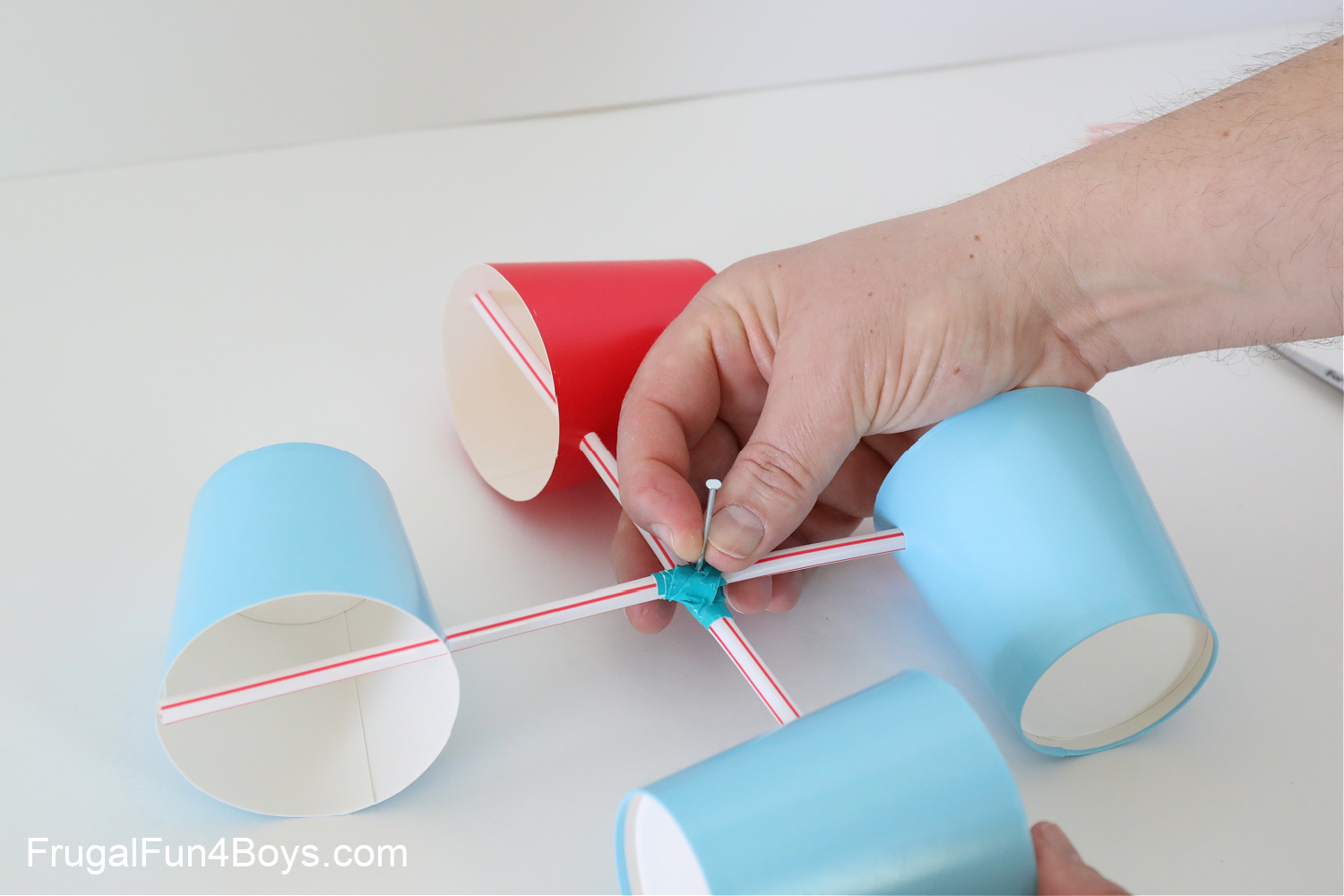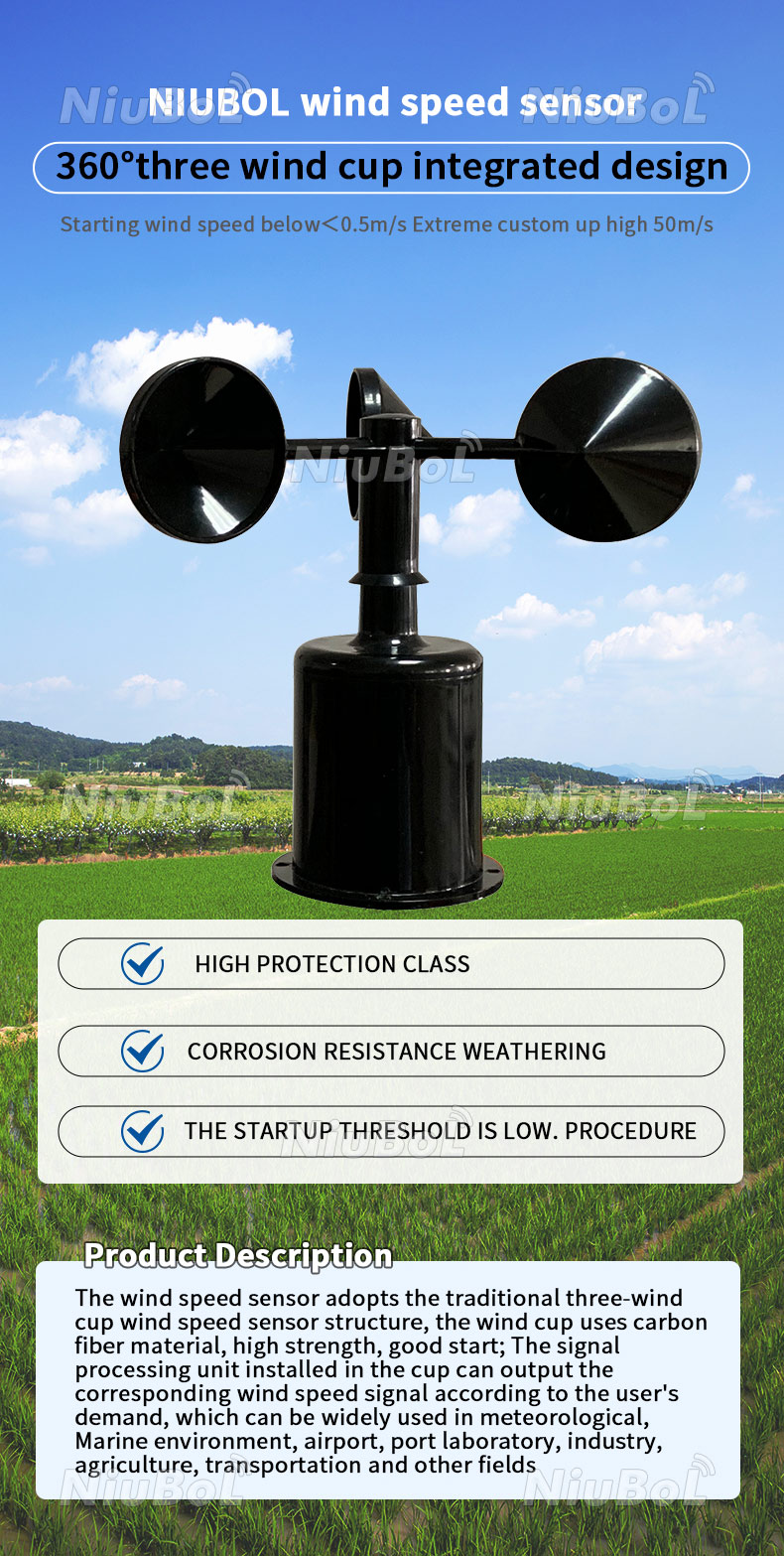Why an Anemometer is Essential for Your Environmental Information Collection
Why an Anemometer is Essential for Your Environmental Information Collection
Blog Article
All You Need to Learn About Anemometers: Exactly How They Function, Why They Issue, and Where to Utilize Them
Anemometers, though often forgotten in the realm of scientific instruments, play a critical role in various fields, providing beneficial understandings into wind rate and air flow patterns. Recognizing the auto mechanics behind these tools is essential for any individual looking for to harness the power of this information. From meteorologists tracking climate patterns to engineers making frameworks with wind loads in mind, the applications of anemometers are far-reaching and diverse. As we look into the intricacies of anemometer technology, we will certainly discover the inner functions of these devices, their importance, and the essential considerations when selecting the appropriate anemometer for certain applications.

Anemometer Fundamentals
A necessary instrument utilized to measure wind speed and direction, the anemometer plays an important duty in meteorology and different markets. An anemometer usually contains three or 4 mugs that turn in the wind, a vane that points into the wind, and sensing units to track the turnings or motions. By computing the turnings or motions over a specific period, the anemometer can establish wind rate. The vane assists determine wind instructions by aiming into the wind, offering valuable information for weather condition forecasting, aeronautics, maritime procedures, environmental monitoring, and wind power applications.
There are various kinds of anemometers available, including mug anemometers, vane anemometers, hot-wire anemometers, and sonic anemometers, each with its one-of-a-kind functions and applications. Mug anemometers are commonly used for fundamental wind rate dimensions, while vane anemometers are preferred for directional measurements.
Concepts of Anemometer Procedure
Structure on the foundational understanding of anemometer basics, the principles of anemometer operation illuminate the auto mechanics behind wind rate and instructions dimensions. Anemometers operate on the principle of air flow influencing a sensing unit, causing it to turn. Mug anemometers, for example, have three or more cups that capture the wind, causing them to spin quicker as the wind rate boosts. The turning rate is after that exchanged a wind rate dimension. Vane anemometers, on the various other hand, utilize a tail or a probe that straightens itself with the wind instructions, supplying a dimension of wind instructions based on the orientation of the sensing unit. Hot-wire anemometers rely upon a heated cord that cools as wind overlooks it, with the rate of cooling down establishing the wind rate. Ultrasonic anemometers action wind rate and instructions Bonuses by examining the time it considers ultrasonic signals to take a trip between transducers. Comprehending these concepts is critical for reputable and accurate wind dimensions in various applications.
Importance of Anemometers
Anemometers play a crucial role in measuring wind speed and direction, offering vital data for weather condition forecasting, climate studies, environmental monitoring, and aviation operations. Meteorologists rely on anemometers to collect exact wind information, assisting them comprehend weather condition patterns, anticipate storms, and problem timely warnings to the public. Wind ranch drivers utilize anemometers to examine wind conditions and maximize electrical power production from wind turbines.
Applications Across Different Industries
In the sustainable energy market, anemometers play an essential function in examining wind problems for wind ranch positionings, making certain optimal energy production. Industries like construction and mining make use of anemometers to check wind speeds, crucial for safety and security procedures, especially when functioning at elevations or in open-pit mines where solid winds can pose dangers. In farming, anemometers help farmers in handling plant spraying by offering real-time data on wind rate to stay clear of drift.

Choosing the Right Anemometer for Your Requirements
Picking the appropriate anemometer tailored to your particular demands is essential for obtaining precise wind rate and instructions dimensions. When choosing an anemometer, consider aspects such as the designated application, called for dimension array, environmental conditions, and desired features. For general functions, a cup anemometer is appropriate for gauging wind rate, while a vane anemometer gives wind instructions information. Hot-wire anemometers are ideal for low airspeed dimensions, and ultrasonic anemometers offer high accuracy and resilience.

Conclusion
In conclusion, anemometers play an essential function in gauging wind speed and direction throughout numerous industries. It is essential to think about the value of anemometers in order to make informed decisions when selecting the most ideal device for determining wind problems.
There are various types of anemometers readily available, including mug anemometers, vane anemometers, hot-wire anemometers, and sonic anemometers, each with its unique attributes and applications. Cup anemometers are generally used for standard wind speed measurements, while vane anemometers are chosen for this link directional measurements. Hot-wire anemometers are ideal for reduced airspeeds, and sonic anemometers are perfect for high-precision measurements in research study and commercial settings.Building on the foundational understanding of anemometer fundamentals, the concepts of anemometer procedure clarify the mechanics behind wind speed and direction dimensions. For general objectives, a cup anemometer is suitable for determining wind rate, while a vane anemometer gives wind instructions data.
Report this page